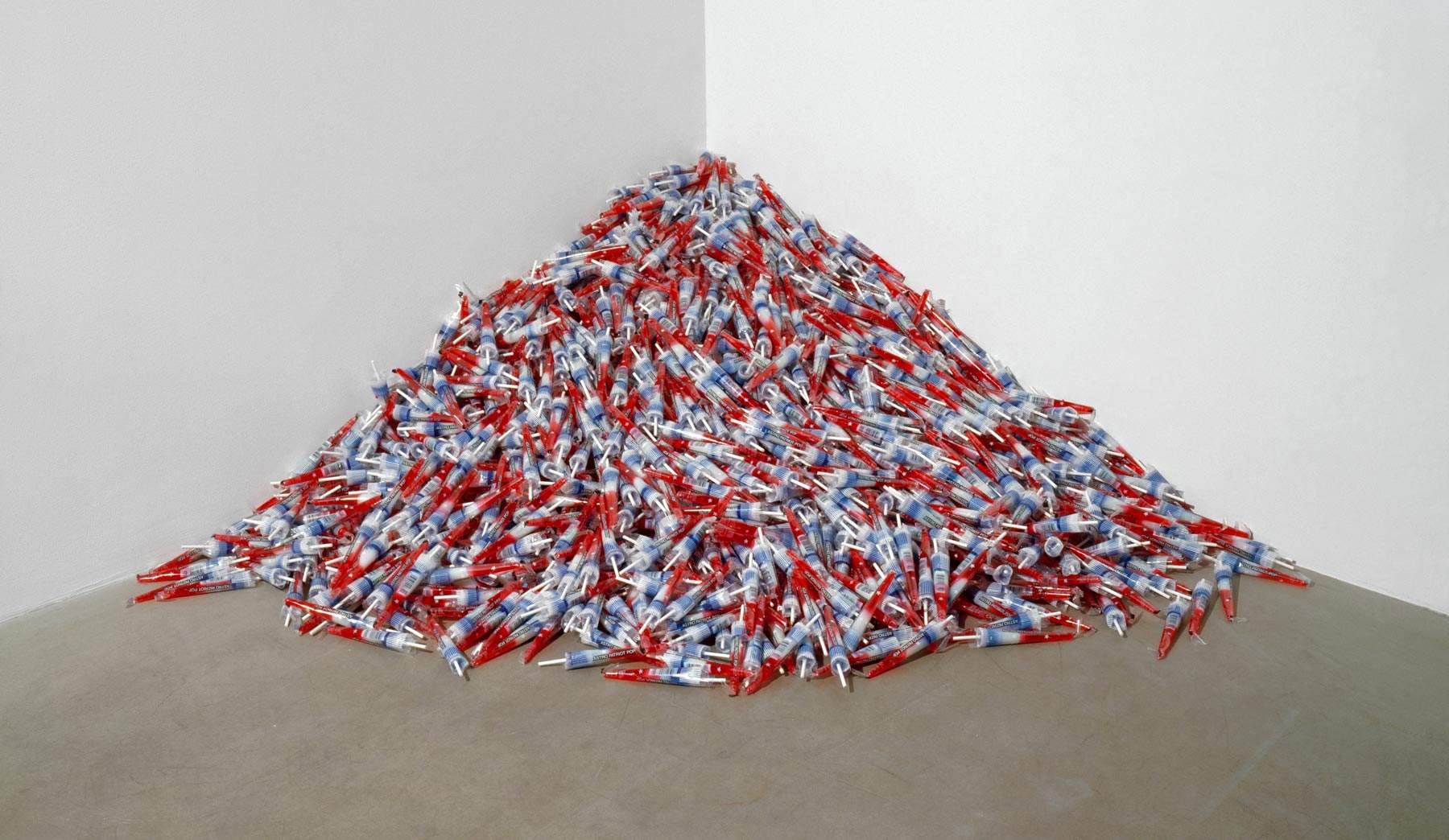The MACBA - Museo de Arte Contemporáneo de Barcelona is organizing, from March 26 to September 12, 2021, a major retrospective exhibition on the great Cuban artist Félix González-Torres (Guámairo, 1957 - Madrid, 1996), who died prematurely at the age of thirty-nine from complications due to AIDS. The exhibition, entitled Félix González-Torres. Política de la relación, aims to situate the Cuban artist’s work in the debate on postcolonialism and within the histories that connect Spain to the American continent, especially insofar as these histories deal with issues such as memory, authority, freedom, and national identity. González-Torres’ work is thus read in relation to Spanish, Latin American, and Caribbean cultures, and not as a simple individual biographical story: the aim of the exhibition is to bring out the complexity of the artist’s work, and as a result, different interpretations are proposed that derive from this line of research, which also emphasizes the formative influences of González-Torres’ work on queer aesthetics.
Following the thought of Martinique writer and philosopher Edouard Glissant, the exhibition seeks to highlight the idea of the need for opacity as opposed to total transparency or instant legibility: the conceptual dimension of González-Torres’s work is thus compared to Glissant’s position because of the emphasis they both place on the concept of mutability, and because of their common adherence to a poetics of relationship, a concept that can be extended to the politics of relationship.
The exhibition is structured in a succession of four rooms, each focusing on a specific set of issues addressed by the artist. These themes are interconnected throughout the exhibition and unfold through the presence of the works outside the museum. Together, these spaces constitute the five “chapters” that make up the exhibition. The first room presents a selection of pieces that address the broad political aspect of González-Torres’ practice in relation to concepts of authority, judgment and memory. These works are linked by indirect allusions to authoritarian establishment culture, fascism and social conservatism, as well as to the specific repression of the gay community and homophobic attitudes, with repeated forays into the Spanish context (due to the repression the community was subjected to during the Franco regime and also for years afterwards).
The second room explores the ideas of couple, physical relationship, duplicity and similarity or identity, as well as balance, love and the dialogue between mutability and eternity in González-Torres’ work. The development of a subtle and often deliberately cryptic language about the queer condition, prioritizing romantic aspects and reformulating the language of minimalism and conceptualism as vehicles for affective content, is one of his major contributions to González-Torres’ art. But, at the same time, it is also one of his most political gestures, as the artist was fully aware that this allowed him to talk about homosexuality, specifically homosexual desire and love, while avoiding the censorship that the conservative right tried to impose on these contents.
The third room revolves around some of González-Torres’ more existential works, which nevertheless have an underlying political content with strong contemporary resonances. Issues such as travel, emigration, exile, tourism, and escape/freedom are addressed, with images of elements such as the beach, water, and sky serving as poetic metaphors within the artist’s work. The theme of travel encapsulates both what Nancy Spector calls “nomadism of the mind” and the concept of dispersal (of people, but also dispersal of the physical components of the work). The works are connected by a color scheme of white, blue, and gray, and the relative lack of image content or focus on a general motif provides the visitor with a space for reflection.
Finally, the last room examines and connects the ideas of patriotism, militarism, machismo, and homoerotic desire. A people’s sense of nationhood is also rooted in their monuments: as Spector stated, “Monuments are historical chronicles brought to light. Entities that are almost always fixed, monolithic and static in subject matter, remark what they should be, for the culture, its history and values.” González-Torres’ complex implication in the form and meaning of monuments thus constitutes one of the themes of the last room and one of the aspects that are addressed through the interventions in public space.
Felix González-Torres became acquainted with Spain when, in 1971, he left Cuba for Madrid before settling in Puerto Rico. The artist began his art studies in Puerto Rico and then continued them in New York. Her work speaks of a complex and anti-essentialist identity politics, rejecting the simplistic classifications in which she is often included. González-Torres’s subtle use of language and the care she takes in choosing the titles of her works allows one to speculate that they have become a kind of “shibolet,” that their meaning changes until they become something like a constraint indicating identification or membership in one or another group. González-Torres, as an exile and migrant who has moved through different worlds and identities, addresses the complex codification of a variable identity with his work.
For all information about the exhibition you can visit the MACBA website.
Image: Félix González-Torres, Untited (Para un hombre en uniforme) (1991; New York, Hessel Museum of Art)
 |
| Major exhibition in Spain on Félix González-Torres, artist of queer identity |
Warning: the translation into English of the original Italian article was created using automatic tools. We undertake to review all articles, but we do not guarantee the total absence of inaccuracies in the translation due to the program. You can find the original by clicking on the ITA button. If you find any mistake,please contact us.